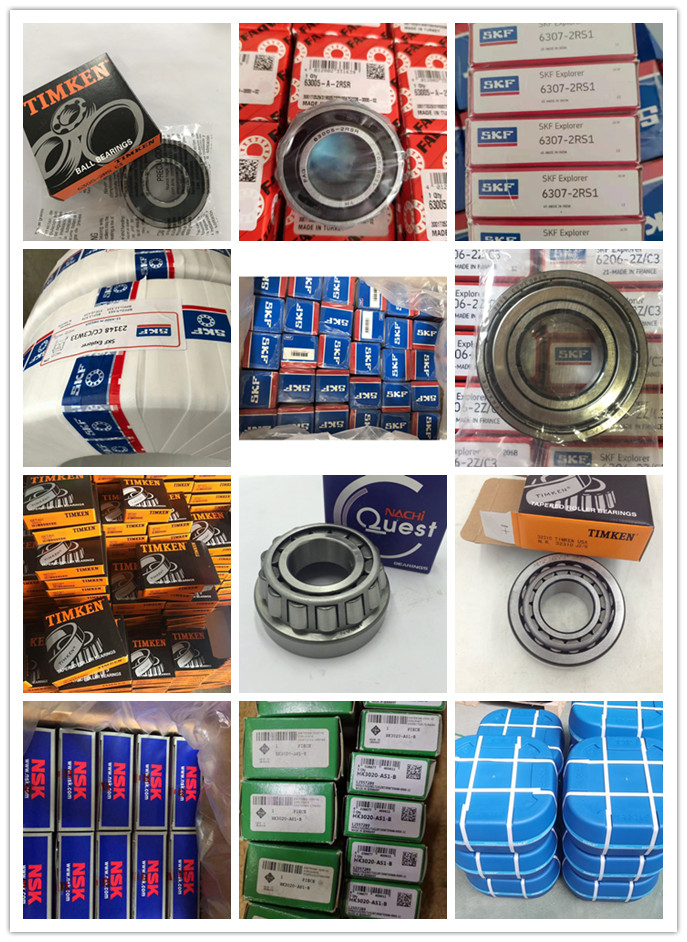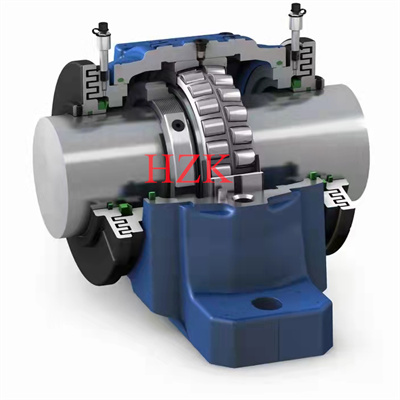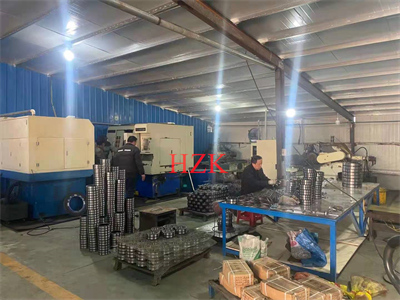What are the application fields of bearings?
What are the application fields of bearings? The basic living tools we will use in life, as well as the toys used by children and so on, all require bearings, and the size and material of the bearings need to be determined according to the function of the specific object. As an important component in mechanical equipment, bearings are not only used in the machinery manufacturing industry, but also in other industries.
1. HZK Bearings are used for wine, beverage equipment and medical equipment.
2. HZK Bearings are used in crushing, ceramic machinery, and biotechnology industrial equipment. The working environment of this type of machinery and equipment is poor, and there are many damages such as water mist, heavy moisture in the body, dust, and strong oxidants. It is required that the bearing has strong sealing performance, and the grease is sufficient and reasonable. It is best to add grease appropriately.Bearings have many uses in life. Bearings are widely used in social life. Bearings are not only used in the machinery manufacturing industry, but also in our family life, such as soymilk machines and fans used in our lives. .
3. Energy bearings of rolling and pressing machinery and equipment in mining plants, mining, and concentrators.
4. Printing and packaging, packaging machinery and equipment, food industry equipment, distinctive bearings and external inclined plane bearings.
5. Plastics, chemical fiber machinery, plastic film stretching, distinctive bearings and high temperature bearings.
6. Delicate bearings of toys, clocks, electronic components, audio-visual materials, machinery and equipment.
7. High-demand bearings for machinery and equipment in power plants, gas turbines, and motor plants. This kind of machinery and equipment is often in continuous operation, the bearing capacity is large, the assembly and disassembly are troublesome, and it is inconvenient to disassemble, so the bearing quality is required to be very stable, wear resistance and compressive strength.
8. Textile products, dyeing, shoes and tobacco machinery use bearings. This kind of bearing is small and exquisite, high efficiency, strong and durable, and requires high transmission ratio and low noise.
9. Machine tool bearings and spindle bearings are the basic accessories of machine tools. Their performance directly affects the speed, rotation accuracy, rigidity, anti-vibration cutting performance, noise, temperature rise and thermal deformation of the machine tool, which in turn affects the accuracy of machined parts. , surface quality, etc. Therefore, high-performance machine tools must be equipped with high-performance bearings. Especially high-speed precision CNC machine tool bearings. The accuracy of rolling bearings is generally divided into five grades: P0, P6, P5, P4 and P2. The accuracy of bearings used on the spindle of precision machine tools should be P5 and above, while for CNC machine tools, machining centers and other high-speed, high-precision machine tools. For spindle support, it is necessary to use P4 and above super-precision bearings.
Spindle bearings for machine tools usually include six structural types: deep groove ball bearings, angular contact ball bearings, cylindrical roller bearings, bidirectional thrust angular contact ball bearings, tapered roller bearings and thrust bearings.
10. Printing machinery bearings, printing press bearings are used for the main cylinders of sheet-fed printing presses and web-fed printing presses. Due to the complexity of application requirements, only a small fraction of printed machinery bearings can be standardized. Therefore, there are many types and sizes of printing press bearings. In addition to the typical multi-row, high-precision cylindrical roller bearings NN, NNU, N4N, N4U, it also includes floating bearing units with or without eccentric rings, locating bearing units, polygon bearings, combined linear and rotary bearing units and tapered roller bearing units Sub bearing unit. There are two types of bearings, sealed and unsealed. The journals at both ends of the drum can be cylindrical or conical in design.
11. Textile machinery bearings, in the process of spinning or weaving, finishing or processing, modern textile machinery is highly automated and requires uninterrupted operation under high production and trouble-free conditions. The so-called “good bearing” means low friction, high precision, zero clearance, easy installation, low maintenance, long life, low noise and high reliability. These pulleys are easy to lubricate and have a low moment of inertia. Therefore, they can reach the working speed very quickly. In addition, these belt tensioners can operate continuously at up to 600 alternating rotational movements per minute with low energy consumption. These features enable the production of machines to be greatly increased and costs to be significantly reduced while obtaining uniform high-quality fabrics.
12. Bearings in the food and packaging industry, food production must be both economical and safe. Production processes are usually automated, and extreme operating conditions often occur. This requires a high degree of security and reliability. The design of high-quality machine components for continuous operation is an essential element here. Robust, corrosion-resistant bearings, effective sealing and lifetime lubrication in most conditions provide reliable, uninterrupted operation.
13. Woodworking machinery bearings, in many cases, deep groove ball bearings can well meet the high-speed and relatively low-load working conditions of bearing arrangements in woodworking planers. For very high speeds, spindle bearings are usually used.
What are the application fields of bearings? Bearings are called “food for the machinery industry” and are widely used in various machines. Bearings are a kind of “parts that help objects rotate.” As the name suggests, bearings are parts that support the “shaft” that rotates in the machine. The role of the bearing In order to make the machine run smoothly, what role does the bearing play?
1. Protect the rotating support part and keep the rotating “shaft” in the correct position, the bearing can prevent the rotating support part from being damaged by this force and keep the rotating “shaft” in the correct position.
2. Reduce friction and make rotation smoother. Bearings are used between the rotating “shaft” and the rotating support part. Bearings reduce friction for smoother rotation and reduced energy consumption. This is the biggest role of the bearing.
Bearings are important parts that support our lives, so no matter what era, high demands are placed on their durability and precision. It is because of these effects of bearings that we can use the machine repeatedly for a long time.


